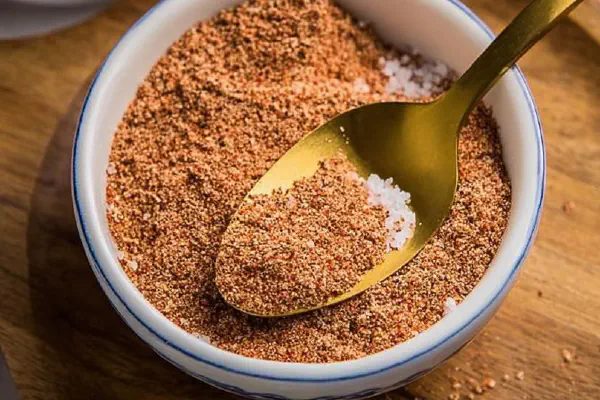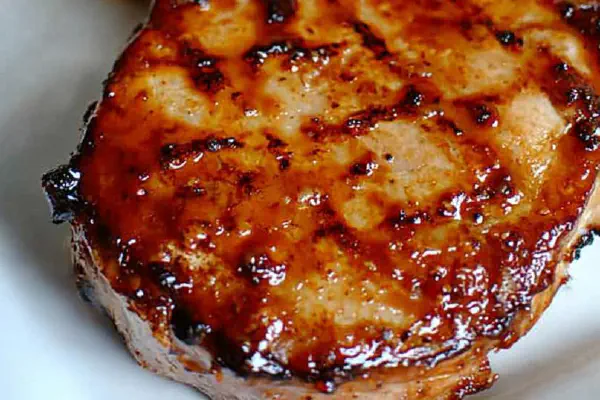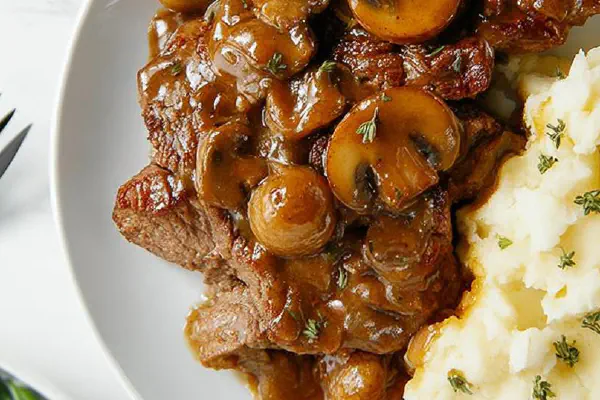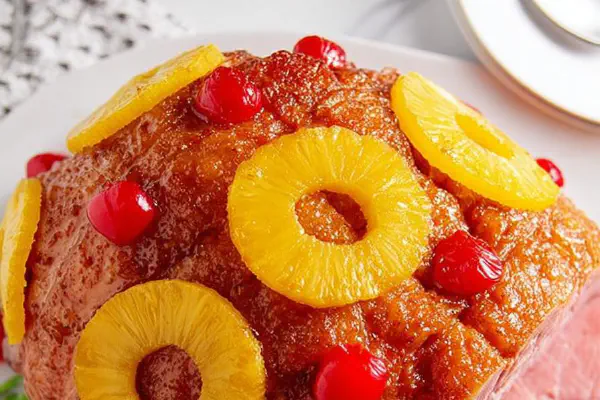Featured Recipe
Riesling Peach Glazed Ham Remix
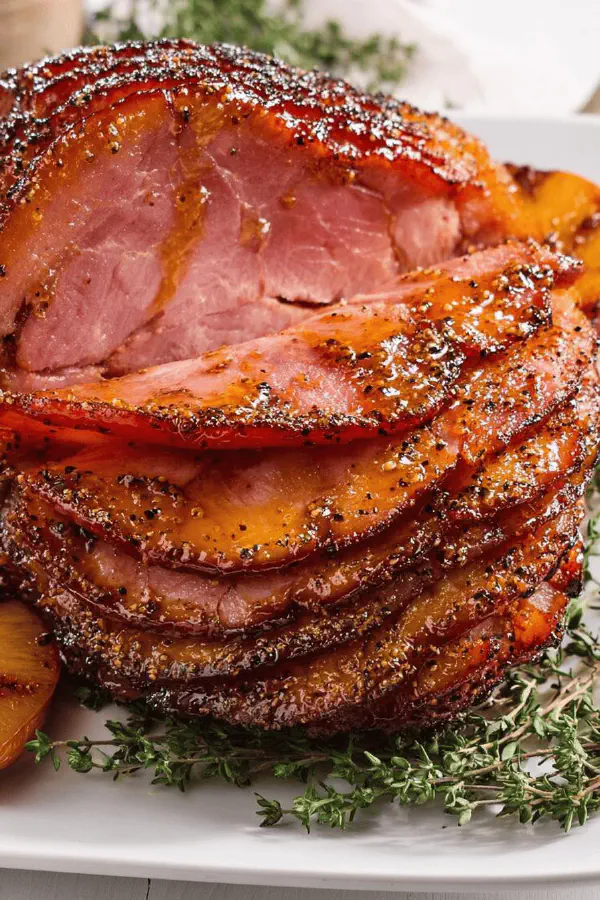
By Kate
"
Slow-roasted ham with a bright Riesling peach glaze featuring apricot preserves and fresh rosemary. Reduced aromatic white wine forms the base, thickened with sugar and mustard for balance. Brushed repeatedly, the glaze deepens color and flavor while basting. Covered mid-roast to preserve moisture yet still brown crust forms. Rested before slicing to lock in juices. Substitutions and timing tips included for reliable results in any home kitchen.
"
Prep:
25 min
Cook:
Total:
Serves:
8 servings
ham
Riesling
glazed ham
holiday recipes
American cuisine
Introduction
Forget vague instructions about glazing a ham. The secret’s in the reduction of the wine and aromatics. Rushing that step guts flavor. That afternoon Riesling simmer? Aroma fills the kitchen, the subtle sharpness underneath the sweet fruit. Apricot preserves pack more punch than peach here—more tartness, depth. Brown sugar balances, Dijon cuts the sugar edge with a spicy bite. Watch the glaze bubble and thicken but stay sticky, lumpy, not syrup-slick. Roast low and slow, brush often to build layers. Foil tenting rescues the crust from burning yet keeps that crunch snap essential to feel on the first bite. Patience in cooling before slicing or risk dry ham. Keep it practical—sub rosemary with whatever herbs at hand, use local fruit preserves, tweak sugar to taste—make this yours, not a copy.
Ingredients
About the ingredients
Ham size can vary 5 to 7 pounds; cooking times shift accordingly. Use a fully cooked, cured ham, ideally bone-in for flavor, but boneless works if careful. Riesling isn’t mandatory—sub dry white wine or even apple cider for slightly different sweetness profiles; avoid heavy red wines which overpower. Rosemary is my go-to for fresh aroma, but sage or thyme offer rustic alternatives. Apricot preserves chosen over peach for slightly sharper tang; swap in peach or even orange marmalade for citrus brightness. Brown sugar brown or light; dark sugar intensifies molasses hints, great if you enjoy that warmth. Grainy Dijon adds texture contrast, smooth pourable versions save time if in a pinch. Salt balances the entire glaze, don’t omit or glaze ends up cloying. Spraying pan rack essential—prevents ham sticking, ruining presentation and cleaning headaches.
Method
Technique Tips
Oven calibration varies: trust appearance and sound over minutes. The reduction stage needs gentle simmer—a rolling boil will burn off alcohol too fast, harsh aroma develops. Reduce till liquid thickens and coats back of spoon, pulls away from sides, visible bottom tracks. Removing rosemary on time stops bitterness. Stir consistently after adding preserves and sugar to prevent scorching; that sticky, lumpy texture means slow caramelization, not glossy jam, which wouldn’t adhere well. Brushing ham initially sets an adhesive flavor bed; later layers build deep color and caramel notes. Basting scheduling every 25 minutes avoids adding too much moisture to pan. Tenting with foil prevents drying-cracked crust—don’t wrap tightly or steaming ruins crispness. Resting meat is often skipped but crucial; uncut ham loses juice rapidly. Slice thin against grain for tenderness or chunkier for chewing satisfaction. Adapt sugar and preserve choices per regional availability or taste, watch glaze adherence during cooking and adjust thermo/brush timing if needed.
Chef's Notes
- 💡 Reduce the wine slow. Medium low heat for flavor. Watch for bubbles, tracks on the bottom. About 9 minutes until reduced. Don't rush.
- 💡 Brush glaze on all over. Into grooves, folds. Let some pool at edges; flavor builds. Every 25 minutes, layer more. Darkening and bubbling? Perfect.
- 💡 Tenting with foil after browning is key. Keeps moisture in from drying out the ham. But, don't wrap tightly or you’ll lose crust.
- 💡 Ham size matters; adjust timing as necessary. Bigger might need longer cooking, monitor temp. Firm yet resilient is your doneness cue.
- 💡 Patience while resting post-roast; at least 12 minutes. Juices redistribute. Hot slicing leads to dryness. Avoid that dry bite.
Kitchen Wisdom
Can I use a different wine?
Yes for sure. Dry white wines work too. Apple cider's an option, but heavy reds may overpower everything.
What if my glaze is too thick?
Add a touch of wine or water, whip it back to a sticky state. Consistency is real important for adhering.
How should I store leftovers?
Wrap well in foil or plastic. Refrigerate up to 5 days. Reheat slowly; avoid microwave if possible. Juiciness is key.
What if the ham is too salty?
Soak in water before cooking. Or, balance with sweet glaze. Keep tasting; adjust sweetness to manage salt.
